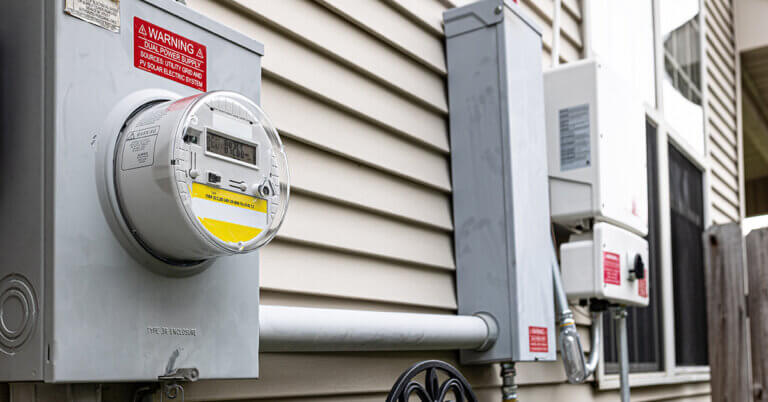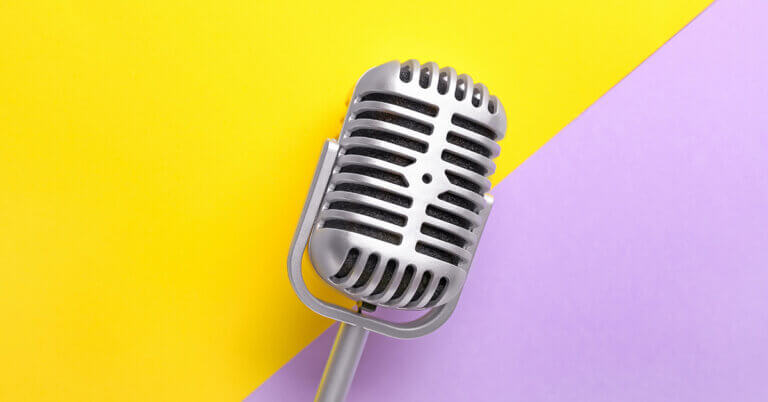October 11, 2019

Maybe It’s the Patients, Not the Prices. Is that Stupid?
In most markets for most goods and services, you get what you pay for. The more you pay, the better the goods or the services. Hence, the expression, you get what you pay for.
Up until today, when I wrote this blog post, I believed that adage didn’t apply to healthcare. The best care isn’t the most expensive care. And the most expensive care isn’t the best care. Healthcare prices are based on pretty much everything other than quality or value or outcomes or safety or service. And, the less affordable healthcare becomes, fewer patients will seek care regardless of the health benefits.
But then I read this study in JAMA Internal Medicine. It really has me scratching my head.
Researchers from the University of Toronto in Toronto, Canada, wanted to know if giving prescription medications to patients free would increase their medication adherence and improve their health outcomes. So, the clever researchers got nine primary-care sites in Ontario to enroll nearly 800 of their patients in a randomized clinical trial. The patients were eligible for the trial because they complained that the cost of their drugs stopped them from getting their prescriptions filled.
Of the 786 patients in the clinical trial, 395, or 50.2 percent, could get one or more of 128 “essential” medications from their pharmacies free. Some 391 patients, or 49.8 percent, would have to pay their usual co-pays and deductibles for the same drugs, depending on their private prescription drug benefits, or pay 100 percent of the cost of the drugs if they didn’t have insurance.
The list of “essential” drugs comes from the World Health Organization, and it includes drugs for acute conditions like antibiotics for infections and drugs for chronic conditions like antihypertensives for high blood pressure.
The researchers then compared the medication adherence rates of the two groups of patients a year after they joined the trial. The researchers defined adherence as filling a prescription for the right drug for the right condition for 80 percent of the prescribed doses over the course of their drug regimen.
What you probably expected would happen did happen. The patients who had free access to their drugs had higher adherence rates than those who had to pay. The score was 38.2 percent to 26.6 percent—a statistically significant difference of 11.6 percentage points.
But here is where it gets a little weird. The researchers also compared the blood sugar, blood pressure and cholesterol levels of the patients in the two groups. The only difference was blood pressure. It got lower in the group that got free drugs. There was no meaningful difference in blood sugar or cholesterol levels between the two groups.
The researchers also looked at adverse events. There was no meaningful difference in adverse events like hospitalizations, deaths and medication errors between the two groups
Though their health outcomes were basically the same, the two groups did feel differently about themselves. For example:
- 86.5 percent of the patients who could get their meds free said it was easier for them to make ends meet at the end of the month compared with 33.2 percent of the patients who had to pay.
- 77.8 percent of the patients who could get their meds for free said they feel that their health improved compared with 51 percent of the patients who had to pay.
I just don’t get it.
Even though they could get their “essential” prescription medications at no cost, more than 60 percent of the patients in the free pool still took a pass. If you don’t pay, you don’t necessarily get sick. If you do pay, you don’t necessarily buy better health, either. Maybe this says something about Canadians being hearty. Maybe this says something about over prescribing drugs that have little or no therapeutic value.
So, maybe you do get what you pay for in healthcare. If you don’t pay for healthcare services, you can afford a lot of other things that keep you healthier than our healthcare system does. What a market.
Thanks for reading.





